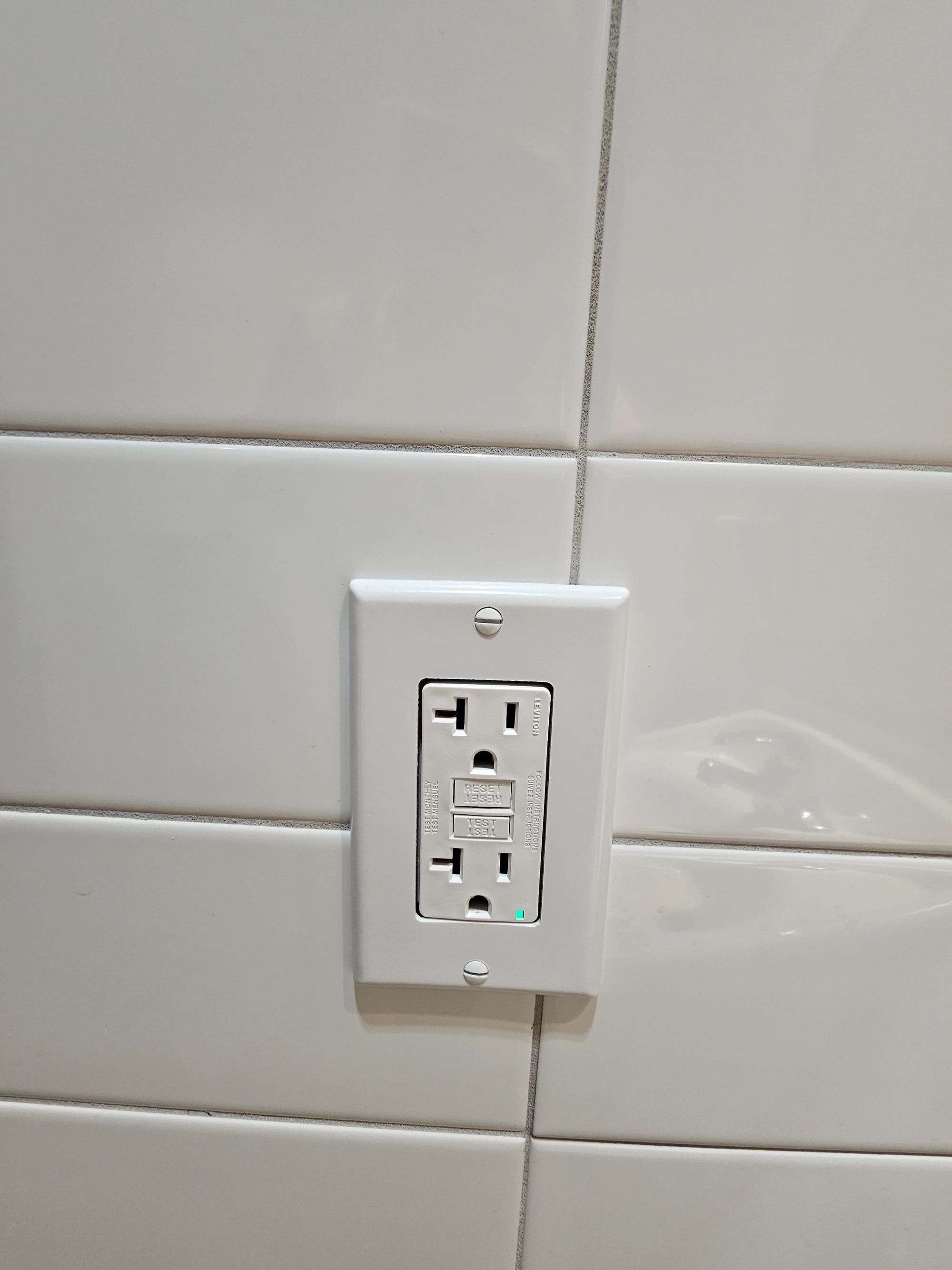Did you know?

Testing Ground Fault Circuit Interrupters (GFCIs) in your house is an important safety measure to ensure they are functioning correctly and providing protection against electrical shocks. Here's when and how you should test your GFCIs:
When to Test GFCIs:
- Monthly: It is recommended to test GFCIs once a month to ensure they are working properly. This regular testing helps catch any issues early.
- After Power Outages: Whenever there is a power outage or a surge, it's a good idea to test GFCIs afterward as they can be affected by electrical disturbances.
- After Installation: If you have recently installed a new GFCI outlet, test it immediately to make sure it is correctly wired and providing protection.
How to Test GFCIs:Testing a GFCI is a straightforward process:
- Press the Reset Button: Start by pressing the "Reset" button on the GFCI outlet. This should cause the "Reset" button to pop out, and the "Test" button should also pop out.
- Plug in a Test Device: Plug a lamp or another electrical device into the GFCI outlet. Make sure the device is turned on.
- Press the Test Button: Press the "Test" button on the GFCI outlet. You should hear a click, and the "Reset" button should pop out. This action simulates a ground fault.
- Check for Power: The electrical device you plugged in should turn off when you press the "Test" button. This indicates that the GFCI has detected a ground fault and has cut off power to the outlet, providing protection.
- Press the Reset Button Again: After testing, press the "Reset" button again. This should cause the "Reset" button to stay in, and power should be restored to the outlet.
- Verify the GFCI Light (if applicable): Some GFCI outlets have an indicator light that should turn off when the "Test" button is pressed and turn back on when the "Reset" button is pressed. Check to ensure the indicator light behaves as expected.
- Repeat for All GFCIs: If you have multiple GFCIs in your house, repeat this process for each one.
If the GFCI does not trip (i.e., the device plugged in does not turn off) when you press the "Test" button, or if the "Reset" button doesn't stay in after testing, the GFCI may be faulty and should be replaced as soon as possible. Do not use an outlet that fails the test, as it may not provide the necessary protection against electrical shocks. Consult a qualified electrician if you encounter any issues or have doubts about your GFCIs' functionality.